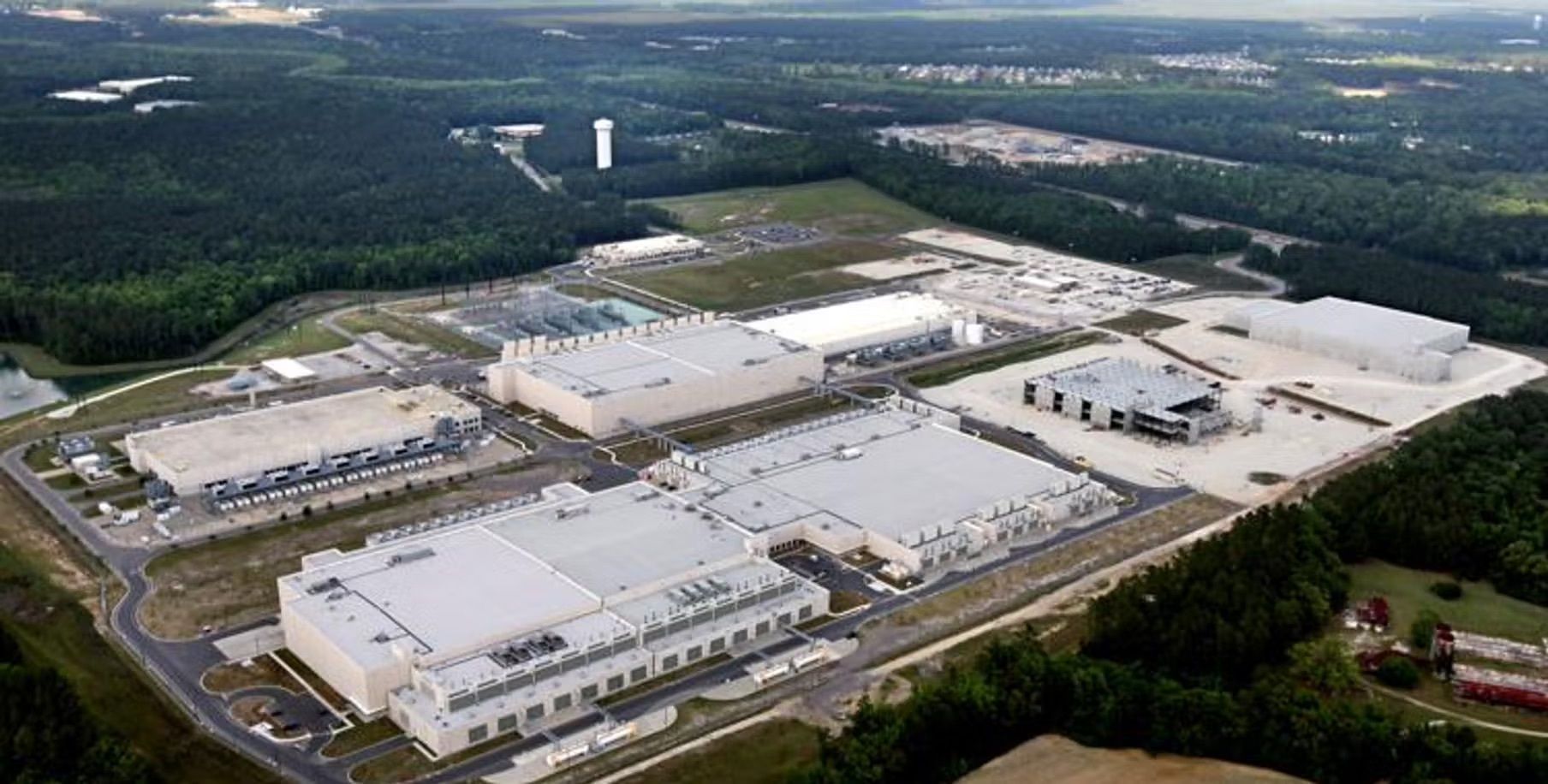
When Google first dropped roots in Moncks Corner back in 2008, it was just one server farm in a sleepy corner of Berkeley County. The internet was still “the information superhighway.”
Now that road’s been repaved into an AI autobahn — and Google just floored it.
Last week, the company announced a $9 billion investment across South Carolina, a two-year spending spree meant to handle the world’s new AI obsession. Translation: more data, more cloud, more power — and a louder hum in the Lowcountry.
A digital empire, Palmetto edition
Google’s announcement ties together several big threads:
Expanding its Moncks Corner campus.
Building new data centers near Summerville and St. George.
Training a local workforce of electrical and tech specialists by 2030.
Helping residents cut energy bills through a weatherization program.
It’s part of a broader push to “power America’s next wave of innovation,” said Ruth Porat, Google’s president and chief investment officer, told thePost & Courier.
That “wave” runs through a network of fiber and undersea cables — with Myrtle Beach as a new digital gateway to Europe and South America. The Firmina and Nuvem lines, as Google calls them, move not just data but destiny, tying South Carolina into the global internet bloodstream.
$9 billion is not pocket change
To put it in perspective: Charleston Digital Corridor’s Ernest Andrade noted Google’s new investment tops Boeing’s total regional spending since 2009.
That’s wild.
And Google’s not alone. Meta — the artist formerly known as Facebook — is spending $800 million on a data center near Aiken. Wall Street expects the top five U.S. tech players to pour $736 billion into AI infrastructure over just two years.
It’s a hyperspend arms race. The new space race, but with fiber optics and machine learning instead of rockets.The grid game
Here’s the rub: every one of those AI dreams needs power. A lot of it.
Meta’s offsetting some of its electricity with a $100 million solar farm. Google says it’ll add at least one gigawatt of renewable energy to South Carolina’s grid — enough to power three-quarters of a million homes.
Still, even Google admits these hyperscale data centers strain the system. “Being a good grid citizen means paying our share of the cost,” said Rachel Wilson, who oversees energy market development for the region.
Frank Knapp of the S.C. Small Business Chamber of Commerce agrees — with a caveat. He’s long pushed back against sweetheart energy deals. “If they pay their own way,” he said, “well, come on in.”
The takeaway
Google’s move is both thrilling and sobering. It’s a $9 billion signpost that South Carolina’s future isn’t just manufacturing or tourism — it’s digital muscle.
But beneath the headlines and glossy renderings lies a bigger question: how do we keep that power — literal and figurative — balanced, shared, and sustainable?
For now, Google’s autobahn is open. The rest of us? We’re just trying to merge.
